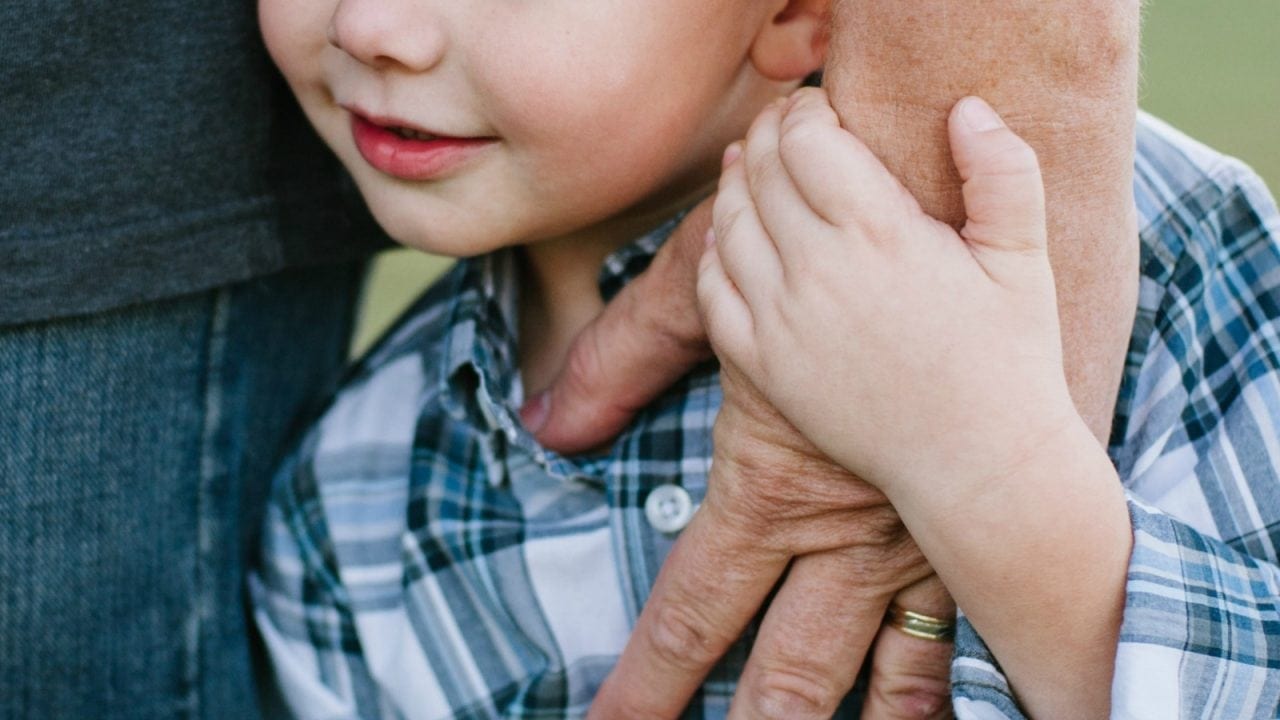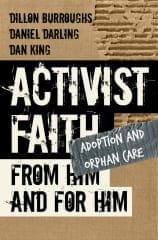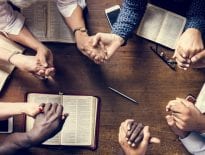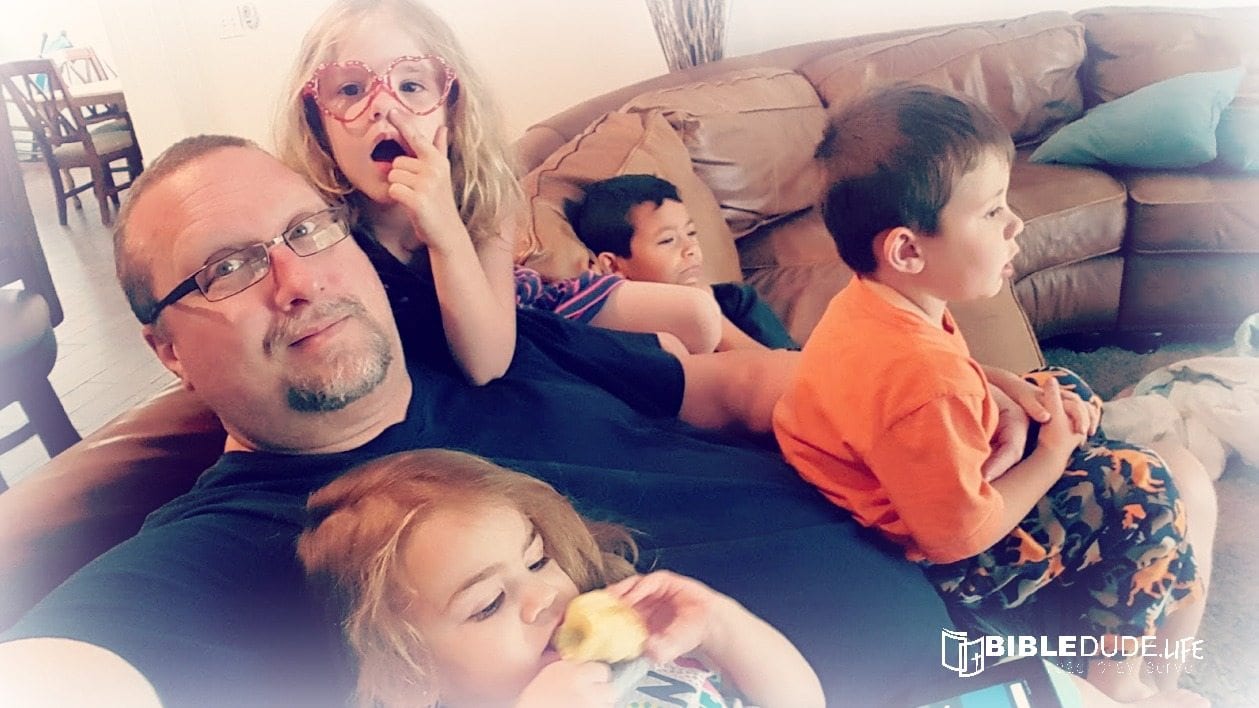“He’s such a loving little boy,” the caseworker told us. Before we met the boys we would eventually adopt, we got the quick personality rundown on each of them. The younger of the two brothers was described as one who just loved everyone. “He’s so sweet!”
And that was exactly what we experienced. He clung on to us right away. Always hugging and expressing affection.
But, he also clung on to the UPS delivery guy, the pizza delivery guy, the greeters at church, and really just about anyone we ran into. Whenever someone came to the door of the house, he would be the first one out, grabbing onto a leg with a full-on (often awkward) hug.
It’s kinda cute. But really mostly embarrassing.
I hoped (and prayed) that it was just a phase.
That’s when we attended an Empowered to Connect event (hosted by Bridge a Life) with other adoptive parents. We learned about all kinds of issues in kids who come from hard places, including attachment disorder issues.
what is attachment disorder?
There are several levels of attachment disorders. We know some adoptive parents who deal with deeper issues, such as Reactive Attachment Disorder (RAD). What we’ve had with our boy is not nearly that extreme.
But think about this. When he came into our care, he was just over 3 ½ years old. And we were his fourth family. He was with his biological parents, then spent a little over a year in a group foster home, then lived in a pre-adoptive home (who later decided NOT to adopt), and then with us.
He started calling me “daddy” after just a few days, but he had no real concept of what that name/title really means.
His hugging everyone was him trying to attach to everyone because he was attached to no one.
Attachment Disorder happens when children don’t have the opportunity to connect and build the trust relationships that define healthy family relationships. This is a simplistic view. However, at its core is confusion with knowing how to connect, and filling that need in unhealthy ways (or even lashing out).
how to ‘fix’ attachment disorder
We’ve been really careful with correcting our son’s inappropriate (or incorrect) attachment behavior. Really, it’s sort of a signal showing how we’re connecting with him. If we push too hard in correcting the behavior, then when it stops we won’t know if it stopped because of the correction or because he’s feeling secure in his connection with us.
Again, this is simplistic in the response to Attachment Disorders in general, but at the core of fixing it is the need to connect. Even with more severe cases, therapies try to find ways to develop and strengthen the personal connections and build trust between the caregiver and the child.
Dr. Karyn Purvis teaches parents how to build these trust-based relationships and overcome attachment issues. This video shares a little insight into some of her work.
Dr.Purvis states, “Attachment is an affectionate bond between a caregiver and a youngster, a child, an infant. It’s the bond that tells that child they’re safe, that their needs matter, that they are precious.”
She continues, “The attachment bond is about optimal development for every child. While it’s essential for every child, the child who has come from a hard place with a history of trauma or loss or abuse has no hope of healing without a nurturing, caring, attachment relationship.”
The cycles can be broken, and healthy relationships can be achieved. But it takes some honest understanding of where we are, and what the child needs to feel connected.
the Church’s attachment disorder
Here’s the crazy thing. The more I watch what’s happening in my kids, the more I realize that we (the Church, myself included) are doing the same thing. And not just in our earthly relationships, but also in our relationship with THE Caregiver.
We run around clinging to this preacher or that, anyone who comes across our path giving us any opportunity to cling on to them. And we do this because we’re not securely attached to our true Caregiver.
Without REAL security in that relationship, we develop unhealthy relationships everywhere else.
We don’t know where we belong.
you and i are adopted too
When I had my first biological child, I was blown away by how much that child taught me about God. I began to better understand things like the Father’s heart for his children.
Then becoming an adoptive father has taught me even more about our relationship with God. After all, there is only one biological Son. The rest of us are adopted into His family.
God decided in advance to adopt us into his own family by bringing us to himself through Jesus Christ. This is what he wanted to do, and it gave him great pleasure.
— Ephesians 1:5 (NLT)
Much like foster and adoptive children from hard places, we often come into our new family with all of our trauma and loss and abuse. We come in not knowing where we belong. We need to learn how to develop an attachment relationship with our Caregiver.
The good news is that He loves us enough and is trustworthy enough to provide us with the safety and security we need.
my prayer
Lord, I pray that you help me trust you enough with my life and all of the brokenness that I bring into our relationship, that I can cling on to you as the only Caregiver I need. Help me to feel secure enough in our relationship that I lose my desire to attach with others who I have no business attaching to. I’m grateful that you’ve adopted me into your family, and I promise to live a life worthy of Your Name. Amen.





Hi Dan. I just read your book “The Unlikely Missionary” today. I lived in Uganda for 2 years and have done quite a lot of missions work since then. I live in Sarasota and you mentioned it and Fellowship of Believers where I knew Gerry Gelickio from there. I’d love to talk and see if you still have any connection to Uganda. I have an “adopted” son from there.
First, thanks for reading the book! I really hope you enjoyed it! It’s so cool that you’ve spent that much time in Uganda. It’s such a beautiful place. The people are so incredible.
And yes, I knew Gerry. Special lady. We still go to Fellowship of Believers. Let me know if you ever make it by there. I don’t still have a bunch of big (direct) connections in Uganda, but still know several people who do a lot of work there.